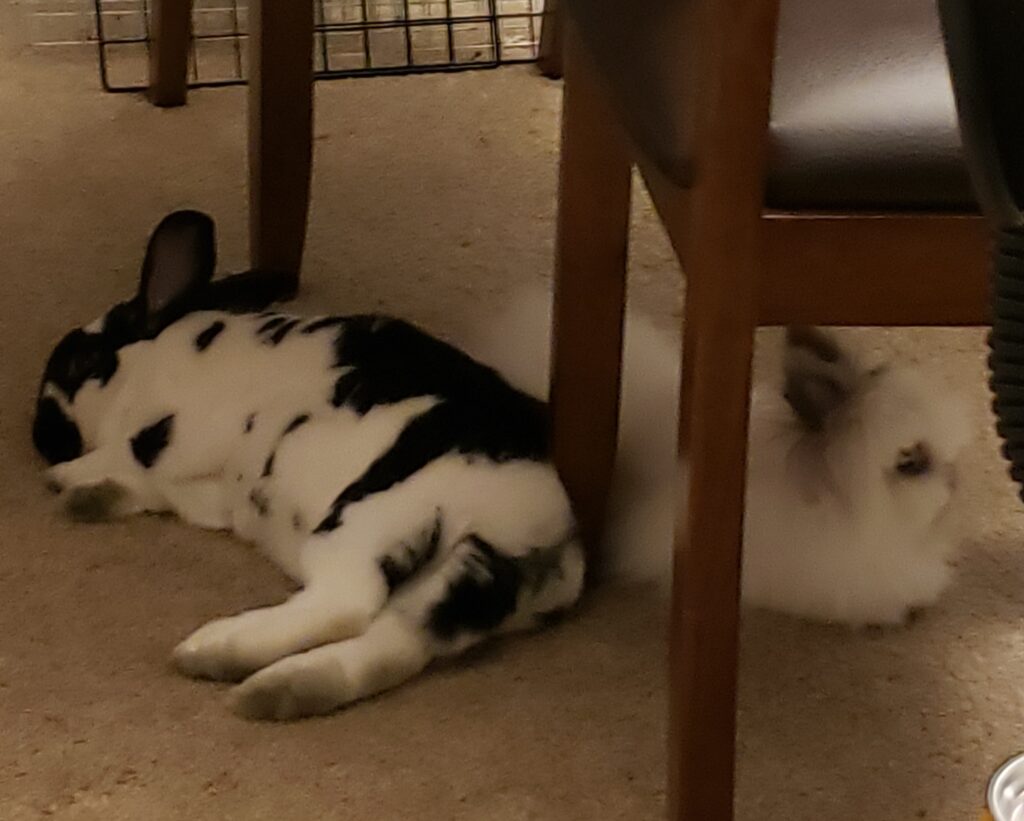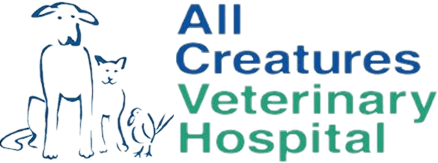Now that COVID has taken over our lives, we have been having our clients wait in our parking lots and trusting us with the care of our pets. But what really goes on behind closed doors? Let’s walk through a day at ACVH.
7:30 am
The lights get turned on at 7:30 am when the first veterinary technicians and client care specialists start waking up the hospital. The client care specialists will print out a hard copy of the day’s schedule, in case of a power outage, and will start to look at emails and voice mails left the night before. They also get the coffee machine working full speed for the day ahead.
The technicians will start by taking care of any patients that are boarding. The pets in our care need medications, walks, attention, exercise, clean litter boxes, blankets, and bowls! Everybody gets breakfast and fresh water. The technicians will then go through any medications that the doctors ordered or approved the night prior and will start to assess the appointments coming in for the day. They may (rarely) even get a chance to take a deep breath before the day starts!
8:00 am
Just before 8:00 am, the rest of the technicians and the doctors arrive to the hospital. Right at 8:00 am, the phones are on! The first appointments of the day give us calls to let us know that they are here. The technicians will then hop on the phone and get a thorough history. They will ask about everything about the pet from housing, diet, and lifestyle, previous medical history, current problems and concerns. For healthy pets, they will then recommend our wellness tests and vaccines appropriate to your pet’s lifestyle. For sick pets, they may discuss diagnostics that the doctors are likely to recommend (they know us doctors well!).
At this time, the client care specialists are working hard to answer all the early morning phone calls for medication refills, appointment requests, food orders, and other concerns. They have to work hard to decide what is urgent enough to grab a doctor right away or what can wait until the doctor can sit down for a minute.
The doctors, on the other hand, are going through their calls from the previous evening and any blood work from the previous day. They may also start making estimates for patient procedures. Once the technician is ready, he or she will set up a room for the pet, get all the vaccines or other items ready for the pet, and that is when you see their smiling (masked) faces to take your pet into the building. Each pet gets his or her own private room, and the doctor will step in.
After a few minutes of introduction (or reintroduction) where the doctor and technician are trying to spend time allowing your pet to get to know us, we start the physical examination. Anything the doctor finds will be recorded in the record to discuss with you. Your pet may get any agreed upon vaccines, testing, or blood work during this time. The doctor will also come up with a preliminary plan for him/her! Then the doctor will give you a call and discuss that plan, and discuss any concerns she (or you) may have. Once everything is completed in the room, our client care specialist takes payment and will print your receipt (or email it). Then we return your pet right to your car.
The staff repeats this process multiple times throughout the day with many pets, often juggling multiple rooms. This especially occurs when we have emergencies or euthanasias. Emergencies and euthanasias unfortunately take a lot of staff member time and energy and cannot be made waiting. These processes take as long or longer than most appointments and require a special amount of care. Many times emergencies require multiple doctors in order to stabilize a patient and perform life saving steps. Sometimes this means, unfortunately, our healthy friends are left waiting in the car for some extra, unplanned time.
Whenever a technician or doctor has an extra second, he or she will be either signing or filling medication requests, making phone calls to people with test results, or assuring a beloved pet owner that their concerns are being heard and that we are here for them. Doctors may also be taking the time to read reports, interpret lab work, run tests on samples, etc. Technicians may also be making sure any hospitalized patents are walked, all charges are included in an invoice, and calling to check in on any sick patients from the previous day. These in-between moments are rare, though, and often all staff members are taking care of appointments or urgent requests non-stop until noon.
12:00 pm
Ahhh, the lunch hour. During the period from 12:00-2:00, the last morning appointments are being finished up and technicians and client care specialists are starting to go on lunch breaks. Once all appointments are finished for the morning, hospitalized and boarding patients get another round of care (walks, food, medication) and the less-urgent scripts are being filled. This is the time that the doctors generally use to assess any calls that came in that morning, and start to call owners back about test results, concerns, or medication questions. Although we each only get a few calls done before more calls come in, it is nice to sit down for a moment and have a few bites of lunch. We will often try to start writing records from the morning while we eat.
2:00 pm
This is when the appointments start all over again! Similar to the mornings, the phones start ringing, the patients start begging for treats, and the hospital comes alive with noise. We continue to see regularly scheduled appointments, emergency visits, and technician appointments (vaccines, nail trims). Every once in a while, we have a puppy parade, where we all pause to socialize a young puppy, kitten, bunny, or lizard to help them with their development and help them associate going to the vet with play time. These are our favorite moments.
This will continue until either 6:00 pm or 8:00 pm, depending on the day, when we close.
Closing time
Finally, often well after our scheduled time, our last patients leave the hospital doors. All t’s are crossed and i’s are dotted. Closing duties can begin. All medications that were called in for the day must be approved by doctors and filled by technicians. All tests that were ordered must be submitted to their respective labs. These are duties performed by the closing technicians, along with taking care of our hospitalized and boarding patients for the final time. Then the cleaning begins; all trashcans are emptied, rooms re-stocked, batteries for tools charged, surgery instruments cleaned and sterilized, laundry cleaned and folded, and floors swept and mopped.
While the technicians are doing all of that, the client care specialists are confirming the next day’s appointments, scheduling rechecks, checking the voicemail, and checking the emails. They will also try to make sure all invoices that were not printed earlier are emailed, and all doctor emails are sent out. They also will double check to make sure the doctors received all of their messages from clients calling worried about their pets.
Last, but not least, the doctors are often the last ones here. Once the doors close, they are often calling clients, creating estimates, responding to emails, and approving medications. Finally, they can get to writing records for all patients seen that day and referring patients out to specialty clinics when needed. More often than not, the doctors are finishing everything up close to 9pm!
And then we go home, sleep, spend time with our own pets, and come in with a smile the next day.








